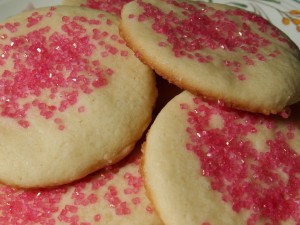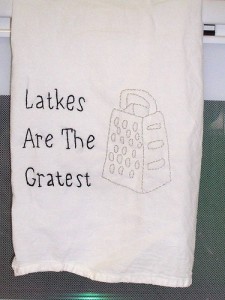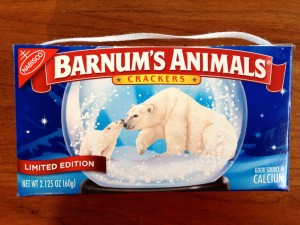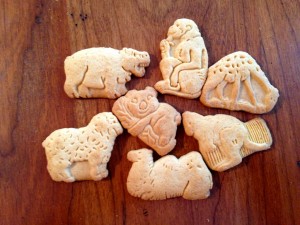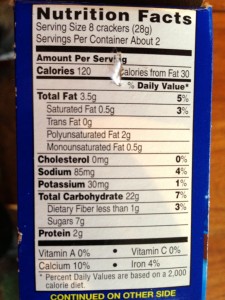 Peppermint candy and holiday chocolates at the receptionist’s desk. Candy canes at the dry cleaners. A rotating selection of Christmas cookies on just about everyone’s desk. Happy holiday food gifts from grateful clients. Your neighbor’s specialty pie. And that doesn’t include the fantastic spreads at holiday parties and family events!
Peppermint candy and holiday chocolates at the receptionist’s desk. Candy canes at the dry cleaners. A rotating selection of Christmas cookies on just about everyone’s desk. Happy holiday food gifts from grateful clients. Your neighbor’s specialty pie. And that doesn’t include the fantastic spreads at holiday parties and family events!
It’s All So Tempting
It‘s incredibly difficult not to nibble your way through the day when you have all of these treats tempting you at every turn. How many times do your senses need to be assaulted by the sight of sparkly cookies and the holiday scent of eggnog or spiced roasted nuts before your hand reaches out and the treat is popped into your mouth?
Be Realistic
It’s the holidays and even though some of these treats are a week’s worth of calories, by depriving yourself of them you’re denying yourself the tradition of celebrating with food.
Make the distinction between mindful indulgence in the spirit of celebration as opposed to mindless indulgence in the spirit of trying to taste everything or to soothe your psyche by eating. The first is part of the nurturing, sharing, and communal spirit of eating, the latter is an element of emotional and over eating.
Nix The Restrictive Thinking
Creating a restrictive mentality by denying yourself a treat that’s always been part of your holiday celebration means it’s just a matter of time until you start an eating fest that only ends when there’s no more left to taste. Think of this: what would it be like to swear that you won’t eat a single Christmas cookie when those cookies have been a part of your Christmas since you were a little kid and you baked them with your Mom?
Pick One – And Make It Special
You know that you are going to indulge. Pick your treat, limit it to one, and enjoy it. To help control the temptation, decide early in the day what your treat will be and stick with your decision. If you wait until later in the day when all the food is right in front of you and you’re hungry and tired, you’ll find that your resolve is not quite as strong!
Just remember that the added treats are added calories – on top of what your body already needs. And, those treats are often forgotten calories – until you try to snap your jeans. So remember to figure the treats into the overall scheme of things.
Of course, if you don’t want to indulge on any given day – no one is forcing you. In the world of caloric checks and balances, that’s money in the band.
Make an informed choice, too. Being informed doesn’t deprive you of deliciousness, but does arm you with an element of control. If you know the calorie count of certain foods, you can make the best choice. For instance, perhaps you enjoy both wine and eggnog. If you know that one cup of eggnog has around 343 calories and 19 grams of fat and a five ounce glass of red wine has around 125 calories and no fat – which would you choose?
For more hints and tips about holiday eating get my book, The Sensible Holiday Eating Guide: How To Enjoy Your Favorite Foods Without Gaining Weight, available from Amazon for your kindle or kindle reader.

